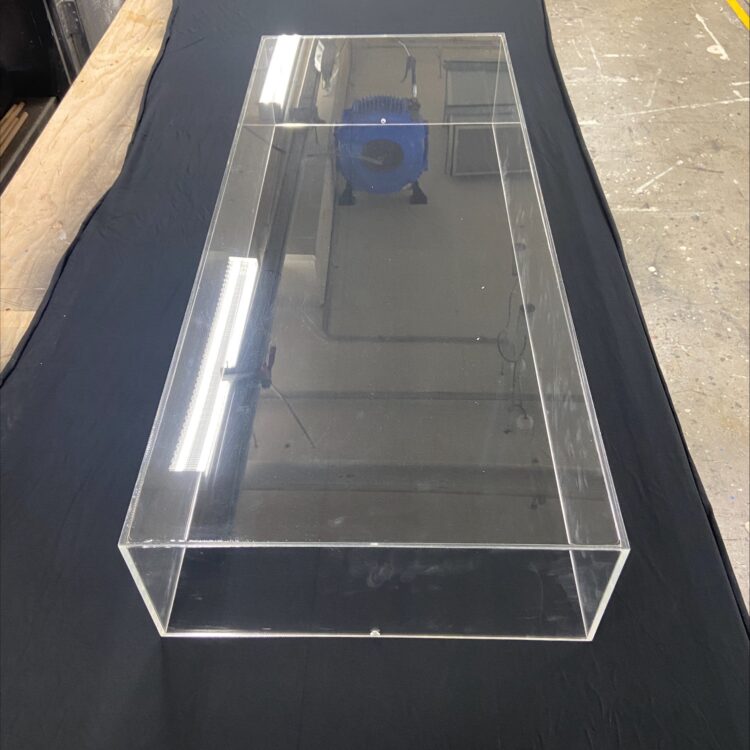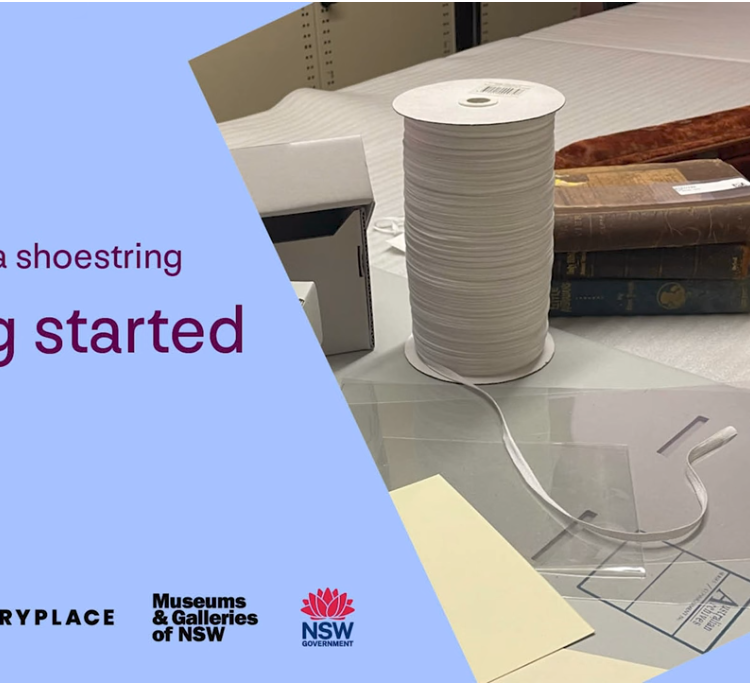
Nimbin township
Photo: courtesy of Wikipedia Commons.
Andrew Simpson, President of MA-New South Wales has kindly given permission to publish his recent article about the devasting fire in Nimbin. The article is timely as we draw nearer to bushfire season and presents an opportunity to consider the value of local heritage but also to make sure your museum or collection is prepared and protected. We have listed some additional resources at the end of the article.
On 13 August, fire destroyed a number of buildings in the main street of the small township of Nimbin. These were old wooden structures from the 1920s.
The buildings housed some iconic counter-culture attractions of this unique northern NSW community, including the Nimbin Museum. The museum consisted of eight rooms filled with objects and original artworks. Visitors were invited to ‘follow the Rainbow Serpent’ through the rooms, to discover for themselves local stories of Indigenous origins, European settlement and the Aquarius festival and movement that changed the township forever more than 40 years ago.
The museum projected a sense of the township’s unique identity nation-wide and even beyond. It was important for local tourism. For those with only limited time while passing through, it was a key place to visit.
The loss of the Nimbin Museum is another sad reminder of the tenuous and highly vulnerable nature of so much local heritage in regional Australia. Every time there is a devastating bush fire, cyclone, or flood event in this country, we are confronted by the same issues.
While people are always more important than buildings, we must ask the same questions that have been asked of many other small communities hit by similar disasters. Will the loss of the Nimbin Museum restrict how the community can tell its stories and project its identity in future? What economic impact might this have locally? And the Nimbin loss reminds us that many local heritage museums care for heritage that is not simply ‘local’, but often commands a regional and even ‘national’ importance when it comes to significance assessment and the multiple values connected with heritage.
Every time there is a devastating bush fire, cyclone, or flood event in this country, we are confronted by the same issues.
Resilient communities recover. There is already an appeal for donations in place in Nimbim to rebuild the museum. The website records that someone has already donated a copy of the Woodstock vinyl long-playing triple album, complete with the signatures of many of those performing. It’s encouraging to see those outside the community already providing support. In more general terms, national organisations such as Museums Australia, particularly through the community museums network, state government agencies such as Museums & Galleries NSW, and international organisations such as Blue Shield, can also provide help.
Over the years a number of commentators and critics have noted the apparent ‘sameness’ of many local community museums in regional Australia: allegedly, similar Eurocentric settlement narratives; same rusty farm machinery; same local crafts. Nimbin’s unique counter-culture heritage challenges this paradigm. Many would argue this heritage saved the community from economic decline and possible extinction, through providing a concentration of new ways of living and producing culture with economic and tourism benefits.
The Nimbin loss, in perspective, prompts the suggestion that perhaps we are not sufficiently championing either the actual diversity or the wider importance of highlighting diversity among our community museums in regional Australia.
Local communities in regional areas everywhere face pressures that drive continuous change and adaptation. In addition to caring for history and local heritage, museums provide vital ways of participating in social adaptation: of capturing the process and outcomes of change, and sharing this on a broader stage. In some circumstances museums can build even more value.
The ‘Museum of English Rural Life at the University of Reading’ in the UK is a strong example of how museums that document the changes in regional communities can become nationally significant centres of research and scholarship.
As Nimbin takes stock and plans how to rebuild, there are opportunities for the museum to capture new ideas and lessons for other communities in the care of cultural heritage, as they set about the challenging task of recapturing and finding new ways to represent their own stories.
Andrew Simpson
Would you like to read more from the Museums Australia Magazine?
Resources for disaster preparation
Here at M&G we have a How to: Develop a Disaster Plan which is the great first port of call resource.
We also recommend the Australian Institute for the Conservation of Cultural Material (AICCM) for best practice advice.
They have a network of contacts to call in times of disaster and circulate disaster information using the Twitter handle of @HeritageRescue.
Be Prepared, originally hosted by CAN is now found on their website.
They also carry resource material on disaster response including dealing with fire, soot, flood and mould.



